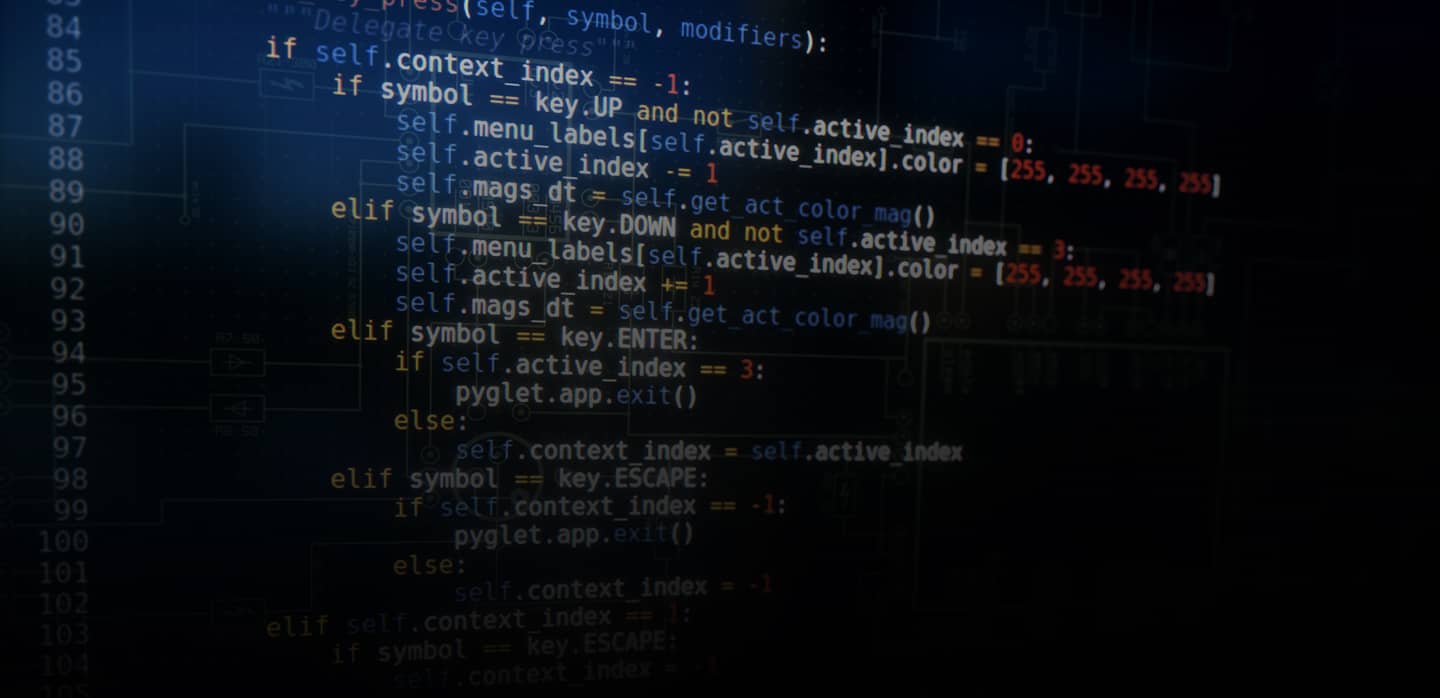As a former football student-athlete at a Division 1 Big Ten institution, I have the utmost respect for the commitment of sports medicine staff members. On a daily basis, they are the first ones in the facility, and the last ones out. Student-athletes, often times away from home for the first time, rely on the expertise of these individuals for much more than just sports-related injury treatment. In an environment that at times can be hectic and even volatile, they put the needs of their student-athletes first and foremost.
In a program that holds a roster size of 120 student-athletes, athletic trainers are oftentimes stretched extremely thin. Whether it’s guiding athletes through their specific rehab routine, taping ankles before practice or trying to diagnose different injuries, each day can be a relentless grind. Then, athletes take the field for practice. 120 bodies, oftentimes scattered across 3-4 different practice fields, presents an entirely new challenge for athletic training staff. As the practice period buzzer sounds, players frantically run to wherever they need to be for the next practice period. If you aren’t careful, you can quickly be caught in a stampede of 320 LB offensive linemen.
When the on-field action begins, things happen. Ankles get rolled up on, shoulders get dislocated, head injuries, unfortunately, do occur. Athletic trainers stand by with a watchful eye, analyzing each play in an attempt to make sure no injury goes undetected. If an injury occurs without signs that are visible to the sideline, it is up to the athlete to report these injuries. This is a problem specifically with head injuries. A bum ankle will result in an athlete eventually displaying a noticeable limp that can be identified by a staff member, a head injury is not that clear.
As an 18-22 year-old it is easy to be shortsighted when you are wrapped up in the sport that you have dedicated so much time and energy to. Not to mention the constant competitive struggle you have gone through to earn your time on the field. An even bigger challenge can be recognizing that something might not be right. All of this can make it difficult to do what is right for your health and self-report a head injury.
After being in the shoes of an athlete that did not speak up following a collision that resulted in symptoms of a head injury, I understand this from an athlete’s point of view. I also understand that there is a need to bridge the gap between what an athlete experiences on the field, and what the sports medicine staff is aware of. Accurate, research vetted head impact data holds the key to giving sports medicine personnel the information they need to be more in tune with their athletes.
Over time, accurate head impact data establishes an exposure baseline for each athlete that will help give staff an understanding of each athlete’s normative daily & weekly head impact exposure. This allows sports medicine personnel to monitor for outlier activity days, as it pertains to the magnitude and number of head impacts of all athletes.
Newly published research indicates that the magnitude of a head impact that oftentimes causes signs/symptoms of a head injury is around 50 g. With access to head impact data in real-time, sports medicine personnel have this information at their fingertips and can make more informed decisions, whether it is keeping a closer eye on the athlete the rest of the day or checking in with the athlete following that day of activity.
College athletics is full of caregivers who have the best interest for their student-athletes, and there are innovative ways to gain more insight into what these athletes are experiencing on the field of play that need to be explored.

